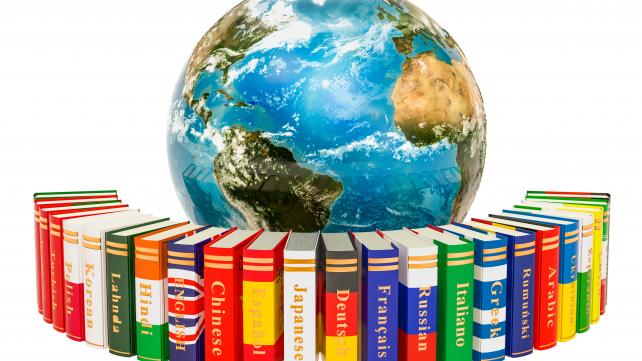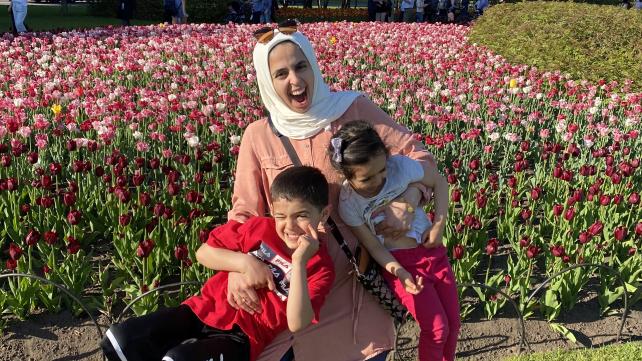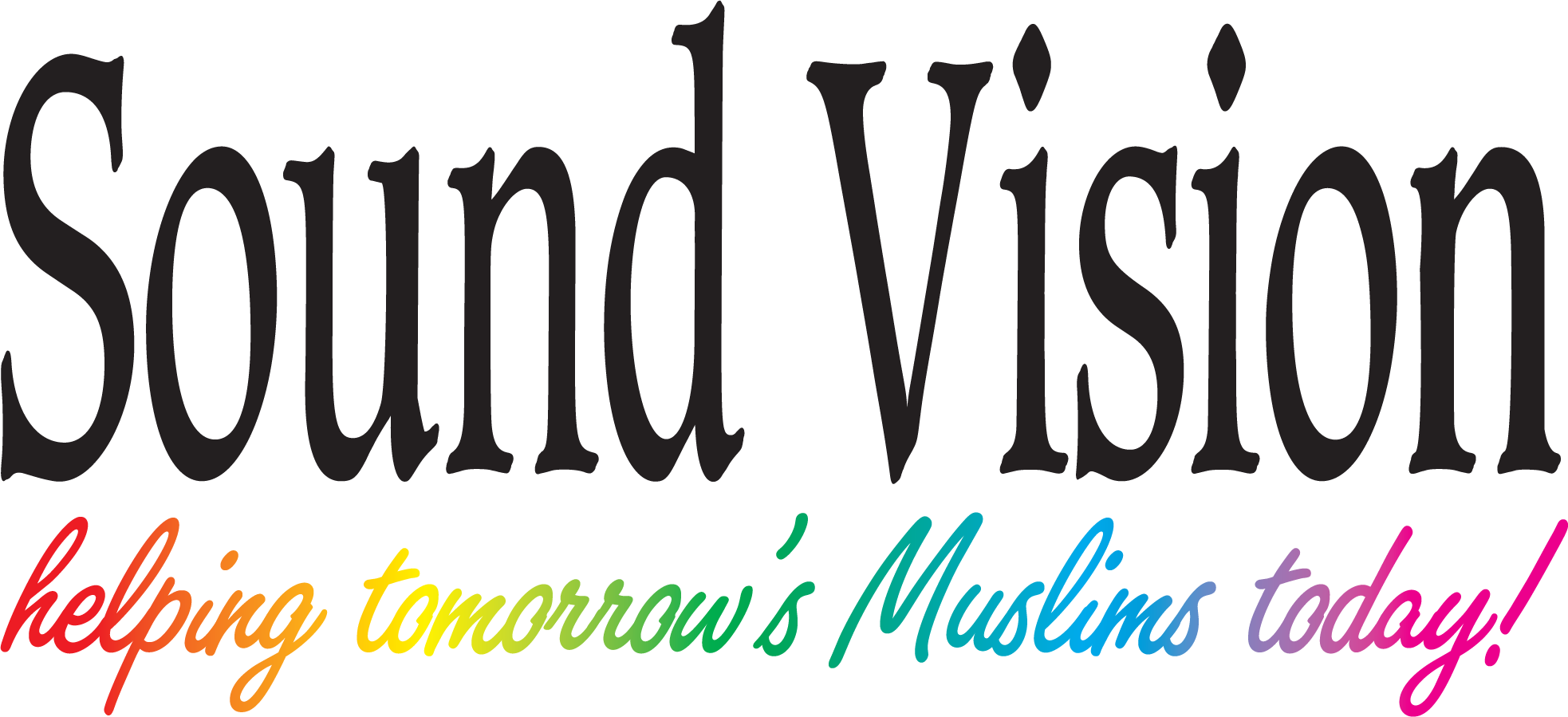|  | Nurturing the Next Generation
Sound Vision |
|
|
| |  | Nurturing Native (& Foreign) Language Skills By Wendy Díaz Being bilingual or multilingual has huge advantages when it comes to cognitive development, academic performance, literacy, and in the workforce. In Parents Magazine, Priscilla Blossom highlights some of the biggest benefits of learning a second language as a child. Mainly, it “encourages empathy,” “boosts brain function,” and provides an “academic advantage.” (April 2021) So much has been written about the impact of bilingualism and multilingualism on an individual’s success. But, just how can we successfully teach our children while living in a majority English-speaking country? There are a few suggestions that author Wendy Díaz has learned through research and also trial and error. - Start early.
- Get other caregivers onboard.
- Set a rule and follow it yourself.
- Avoid and prohibit combining languages in combination.
- Create cultural connections.
Read about these steps in more detail. |
| | | Parenting Tip Children are constantly communicating their needs and wants. Be sure you are listening to what is said, not said, as well as their non-verbal expressions. |
| |  | For Language Training, Connect Rather than Correct By Inas Abusheikha The vast world full of different cultures, languages, and ethnicities has become one small world with the internet and easy access to travel. Inas Abusheikha is a first-generation Palestinian Canadian Muslim raising two children and trying every day to preserve our native language, Arabic. That could sound like a simple task for an Arabic-speaking family, but the reality of that is vastly different. Read more to get some great suggestions on how to support bilingual and multilingual training for your children. |
| | | Inspiration “The general consensus is that the maintenance of students’ heritage languages is not merely beneficial but is essential to their psychological, cognitive, linguistic, social and academic success. Rather than compromise students’ English abilities, maintaining a heritage language furthers their proficiency.” Anna Vallance, Researcher at Wayne State University |
| |  | There is Lasting Value in Connecting with our Elders By Sumayya Khan Sumayya Khan grew up as a child of immigrant parents who thought that learning English early was the best way to integrate into Canadian life. It wasn’t until she attended an Urdu language program as a teen that she realized what she had been missing. Find out how the program changed her life and her connection to her grandparents, and transformed the way she has kept her native language prominent for her own children. |
| | |
|
| “Have you not considered how Allah presents an example, [making] a good word like a good tree, whose root is firmly fixed and its branches [high] in the sky? It produces its fruit all the time, by permission of its Lord. And Allah presents examples for the people that perhaps they will be reminded. And the example of a bad word is like a bad tree, uprooted from the surface of the Earth, not having any stability."
(Holy Quran, Surah Ibrahim 14:24–26) |
| | | Children Speak in 100 Languages By Umm Ahmed The philosophy of 100 languages revolves around the hundred ways a child possibly expresses him/herself, without necessarily speaking. The hundred languages are a metaphor for the extraordinary potentials of children, their knowledge-building and creative processes, the myriad forms with which life is manifested and knowledge is constructed. This beautiful concept was coined by an Italian early childhood educator and humanitarian Loris Malaguzzi and known as the Reggio Emilia education approach. Read more to find out how to better communicate with your children in every language they are speaking. |
| | | Parenting Stats The numbers of households in the U.S. where a language other than English is spoken at home are on the rise. According to the American Community Survey, the largest yearly survey taken by the federal government: - 67.3 million residents now speak a language other than English at home, a number equal to the entire population of France. The number has nearly tripled since 1980, and more than doubled since 1990. The growth at the state level is even more pronounced.
- In nine states, more than one in four residents now speaks a language other than English at home. These nine states account for two-thirds of all foreign-language speakers.
- The states with the largest share of their populations speaking a foreign language at home were California (45%), Texas (36%), New Mexico (34%), New Jersey (32%), New York and Nevada (each 31%), Florida (30%), Arizona and Hawaii (each 28%), and Massachusetts (24%).
- Of those who speak a foreign language at home, 45 percent were born in the United States.
Statistics were reported by the Census Bureau in 2019. |
| | Online Resources 100 Languages Poem - A poem written by Loris Malaguzzi that beautifully describes the various ways that children communicate with their entire bodies and through ideas, thoughts, feelings, and frustrations. Talking Is Teaching - A public awareness and action campaign that helps parents recognize their power to boost their children’s early brain and vocabulary development through simple everyday actions. “The Importance of Maintaining a Heritage Language while Acquiring a Host Language” by Anna Vallance, Wayne State University - Thorough discussion of the research on bilingual, multilingual, and multicultural education. Hablamos Islam, Inc. - A website filled with Spanish language resources for children and adults, including We Talk Islam with Ahmed, a Spanish-speaking puppet show that teaches about the principles of Islam through stories, as well as written literature and interviews with founders Wendy Díaz and Hernán Guadalupe. |
|  | WATCH: Alif is for Allah Adam and Aneesah are looking for a new teacher who can help them learn Arabic, the language of the Quran. The quest is not so easy though. There is a nice song and flashcards of the Arabic alphabet included. |
| | |
|
|  | The Sound Vision Foundation has been a trusted source of Islamic knowledge for more than 30 years. Our work with the world-renowned puppets Adam and Aneesah pioneered creative programming for Muslim children, encouraging them to learn about and love their religion. We continue to bring sound content and engaging programs that stimulate minds, touch hearts, and strive to fulfill our mission of raising better Muslims, better neighbors, and better citizens. This latest effort is designed to support and empower Muslim parents to do the same. |
| | | |
|
| |
|
|







